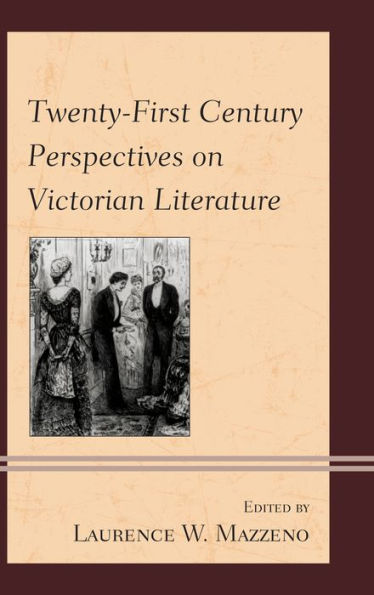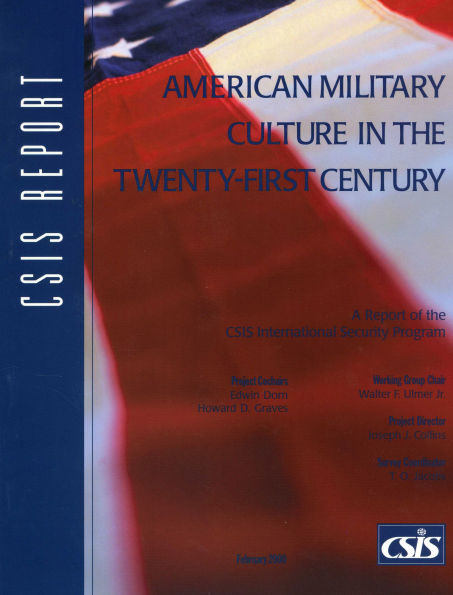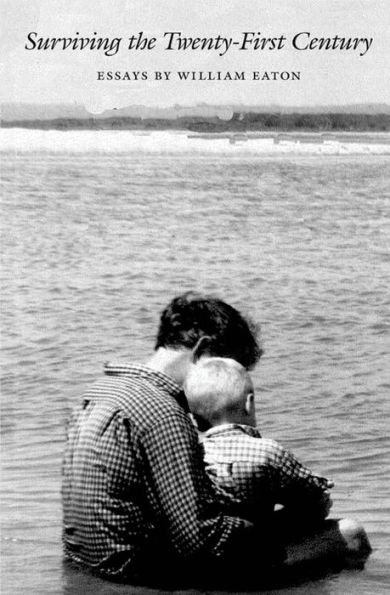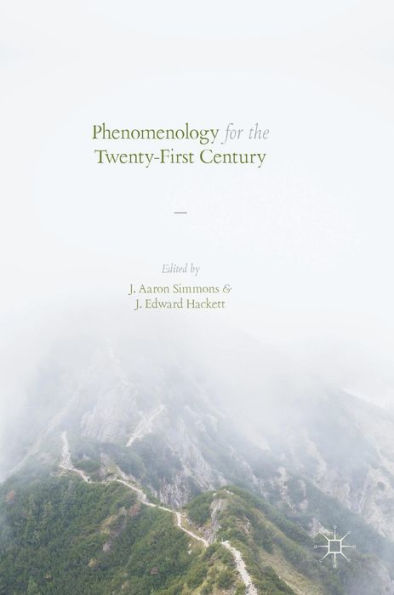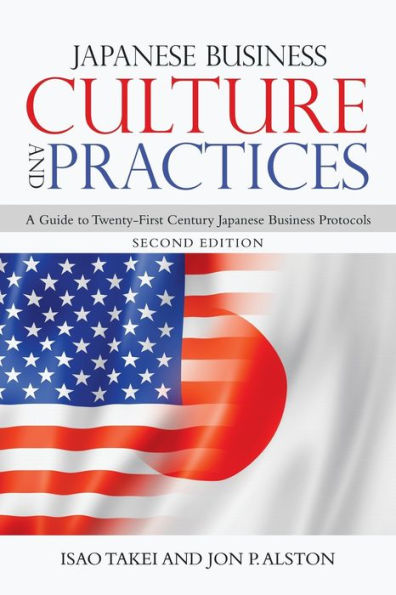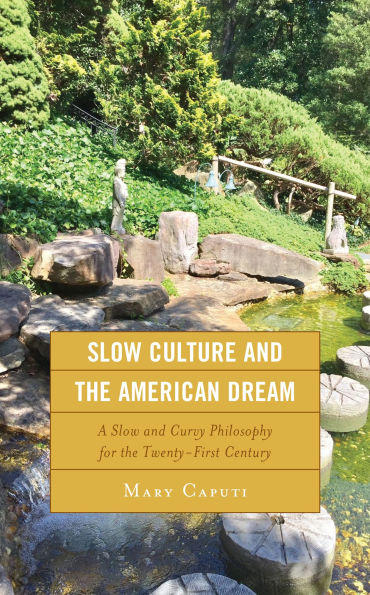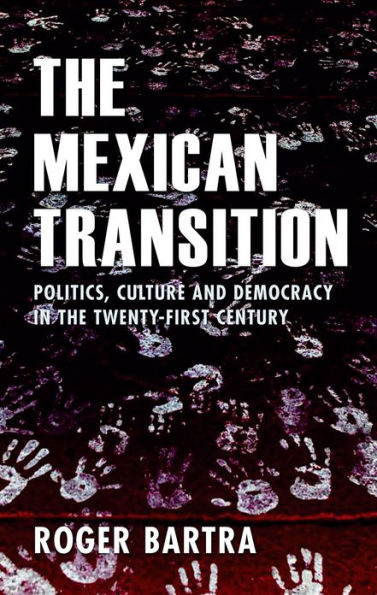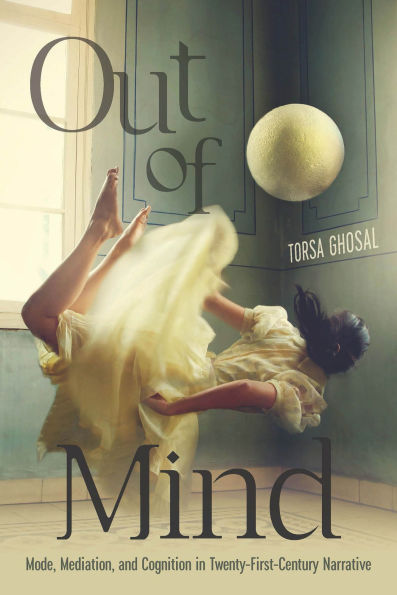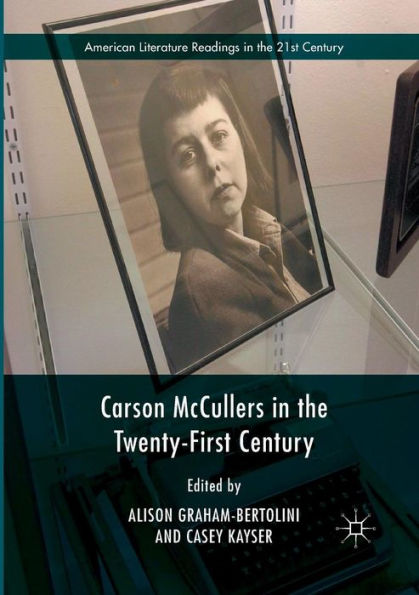Home
Victorian Melodrama the Twenty-First Century: Jane Eyre, Twilight, and Mode of Excess Popular Girl Culture
Barnes and Noble
Victorian Melodrama the Twenty-First Century: Jane Eyre, Twilight, and Mode of Excess Popular Girl Culture
Current price: $99.99


Barnes and Noble
Victorian Melodrama the Twenty-First Century: Jane Eyre, Twilight, and Mode of Excess Popular Girl Culture
Current price: $99.99
Size: Hardcover
Loading Inventory...
*Product information may vary - to confirm product availability, pricing, shipping and return information please contact Barnes and Noble
This book examines melodramatic impulses in Charlotte Brontë’s
Jane Eyre
and Stephenie Meyer’s
Twilight Saga
, as well as the series' film adaptations and fan-authored texts. Attention to conventions such as crying, victimization, and happy endings in the context of the
Twilight
-
relationship reveals melodrama as an empowering mode of communication for girls. Although melodrama has saturated popular culture since the nineteenth century, its expression in texts for, about, and by girls has been remarkably under theorized. By defining melodrama, however, through its Victorian lineages, Katie Kapurch recognizes melodrama's aesthetic form and rhetorical function in contemporary girl culture while also demonstrating its legacy since the nineteenth century. Informed by feminist theories of literature and film, Kapurch shows how melodrama is worthy of serious consideration since the mode critiques limiting social constructions of postfeminist girlhood and, at the same time, enhances intimacy between girls—both characters and readers.
Jane Eyre
and Stephenie Meyer’s
Twilight Saga
, as well as the series' film adaptations and fan-authored texts. Attention to conventions such as crying, victimization, and happy endings in the context of the
Twilight
-
relationship reveals melodrama as an empowering mode of communication for girls. Although melodrama has saturated popular culture since the nineteenth century, its expression in texts for, about, and by girls has been remarkably under theorized. By defining melodrama, however, through its Victorian lineages, Katie Kapurch recognizes melodrama's aesthetic form and rhetorical function in contemporary girl culture while also demonstrating its legacy since the nineteenth century. Informed by feminist theories of literature and film, Kapurch shows how melodrama is worthy of serious consideration since the mode critiques limiting social constructions of postfeminist girlhood and, at the same time, enhances intimacy between girls—both characters and readers.
